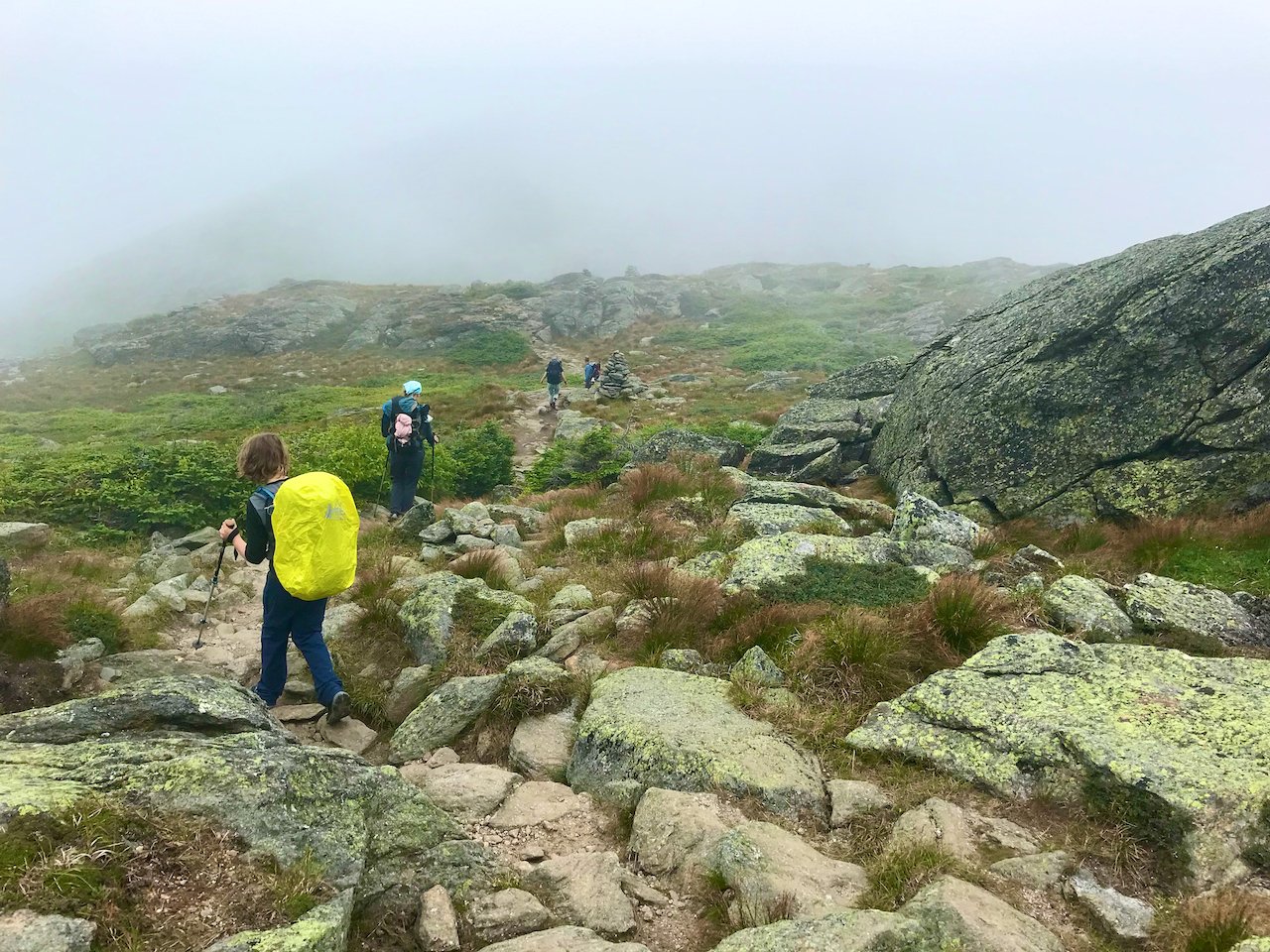Making Conference Conversations Less Ephemeral
Conversations, ideas, and solutions at events are fleeting. Flashes of brilliance bubble up, energy increases, and minds open then, all of these good things seem to dissipate into the air. A few weeks after the conference ends, almost everything is forgotten. I’ve been looking for a way to capture these fleeting thoughts, so:
Participants can fully engage in each moment and be confident that detailed notes are being captured for them.
Members who cannot make it still get some benefit from the insights shared during the event.
Big ideas can live on and are available for easy reference by participants
I think I’ve found a solution!
During the last handful of presentations I have given, I have been experimenting with helping the participants create a handbook of what we learned and the ideas they want to try. This experiment started in the depths of COVID virtually, and over the last few months, I’ve adapted the process to in-person events. I’m continually amazed at how quickly a small group can generate a large bank of high-quality ideas.
Are you curious about the process? Here is what I have been doing:
#1: Whole group stage setting
I ask many questions to set the stage for the problem we are about to solve. For virtual events, participants write their answers into the chat. I can later strip names out of the chat transcript and either include every response in the handbook or select some of the most descriptive, interesting, or innovative answers. During in-person events, I ask for a volunteer notetaker to capture the words that are shouted out.
#2: Silent synchronous brainstorming
Once the stage has been set, we start brainstorming solutions. The ideation process can be done in the usual fashion in a large or small group where people volunteer ideas, which are captured on a flip chart. I also like a process developed by Matchbox Virtual Media where people silently brainstorm together in a Google Doc, with each person adding ideas, then going back to plus up each other’s ideas. The nice thing about the silent synchronous method is that each person can describe their concept fully and not rely on a notetaker’s shortcuts, which can often misrepresent their idea. Recently I had the opportunity to trial the silent synchronous brainstorming at a couple of in-person meetings, and it worked well every time. We asked attendees to bring their computers and ensured the venues had wi-fi. The few attendees who didn’t have a laptop grouped around the notetaker and conducted a more ‘normal’ brainstorming style.
#3 Breakout groups tackle the details
Not everyone can take someone else’s big idea described in a sentence and run with it; sometimes, having a mini-operational plan helps people take action. I facilitate this by creating small breakout groups of 3, 4, or 5. These groups are invited to select a big idea from the silent synchronous brainstorming list, or the ideas are assigned to each group. Each small group works through a preset template (on a Google Doc) detailing the operational plan. Questions can include: What is the concept? Who is this idea for? What are the steps you need to take to implement this idea?
After the event, I collate all the inputs from chat, notes, and the various Google Docs. After some light editing and formatting, a handy handbook is born!
This handbook idea can:
Provide chapter or affiliate leaders who can’t attend the summit with a relevant resource
Increase the value of the event for attendees because they get a tangible takeaway
Capture data and ideas for association staff that may drive the next innovation
Make solutions to a big problem available to the rest of your membership
Create a new sponsor opportunity
If you test out this low-resource, high-value idea, please do let me know how it works for you!

